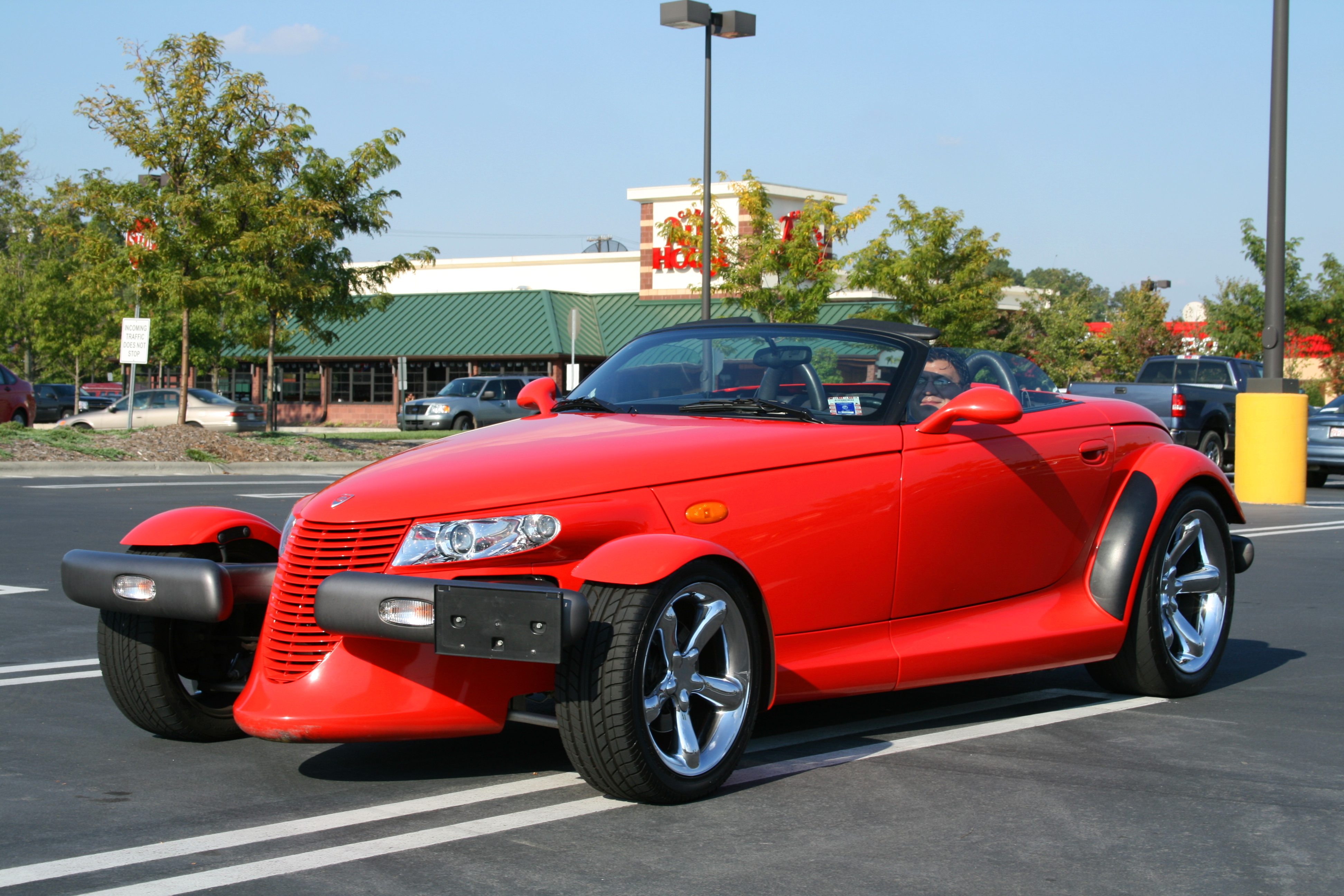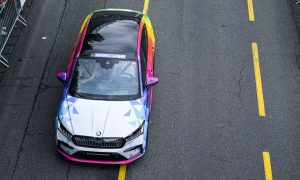
Chrysler’s Plymouth Division has been known for making some really unusual cars. After all, this is the division that in 1969 brought us the Superbird. In the 1990s, they did it again with the Plymouth Prowler. The Prowler was basically a modern take on the classic hotrods of the 1940s. It was really different and one can’t help but wonder what the story behind the Prowler is. We asked the folks at Lynch Chrysler of Mukwonago, WI, a full-service Chrysler, Dodge, Jeep, Ram dealer to fill us in and they gave us the whole story.
Plymouth in the 1990s
In the late 1990s, Chrysler Corporation’s Plymouth line was being considered for termination. The argument was that the name didn’t have the cache that it used to have and, as a product line, it was actually considered “redundant” by some Chrysler executives. Rather than dump the line, Chrysler decided to try to inject a little life back in and conjured up the Plymouth Prowler to assist the image.
It is interesting to note that this sort of brand-altering is something akin to the Dodge Viper story. The Viper was also a limited-use car that was designed to make a statement about the Dodge brand. Neither the Prowler nor the Viper were really supposed to make any real money for the Chrysler. They were really just to pump up the visibility of their brands.
Designing the Prowler
In the early 1990s, Chrysler’s Pacifica Design Center fleshed out the Prowler retro-looking roadster. Started by Pacifica’s Tom Tremont, the idea soon it moved on to Tom Gale who personally owned a ’33 self-built highboy hot rod. This was fortunate for Gale was the perfect person to bring the concept to life.
The Prowler was first shown at the 1993 Detroit International Auto Show and was a big hit. The styling was exemplary. It was a modern take on a traditional hot rod with an open cockpit, wide back end with 20″ wheels and a narrow front end.
1997 Production
The Prowler went into production in 1997 but they didn’t exactly fly off the dealer’s lots. Some of this reluctance to purchase may have been due to expectations. Some potential buyers were upset that it came out with a V6 rather than a V8. Real Hot-Rods had V8s in them. Other details were received better. Inside, the seats were aluminum-framed and the dash layout put a single gauge in front of the driver. The tachometer stuck up from the steering column giving it that “DIY hotrod add-on” look. The paint colors were limited, but bold. They included large grain metallics such as purple, yellow, black, red, silver and “Inca Gold”.
Limited Sales
Even though there was big interest in the Prowler, sales were modest. Some say it was because the Prowler wasn’t particularly practical for everyday use. It had an open top, two seats, and a pretty small trunk. Chrysler estimated that 3,000 would sell in its first year but only 457 drove off the dealer lots. The remaining years were a bit better, averaging a tad above 3,000 per year until 2002 when the Prower was discontinued.
In Retrospect
Automotive journalists consider the Prowler a bit of a failure today. This is probably because it never really caught on. The general public generally gave it high marks for styling and originality but were quite disappointed that it didn’t have a V8 engine under the hood. That combined with the fact that it was really just a “fun” car limited its sales.
Image Source: wikimedia.org
Previous article
Famous Movie Cars


